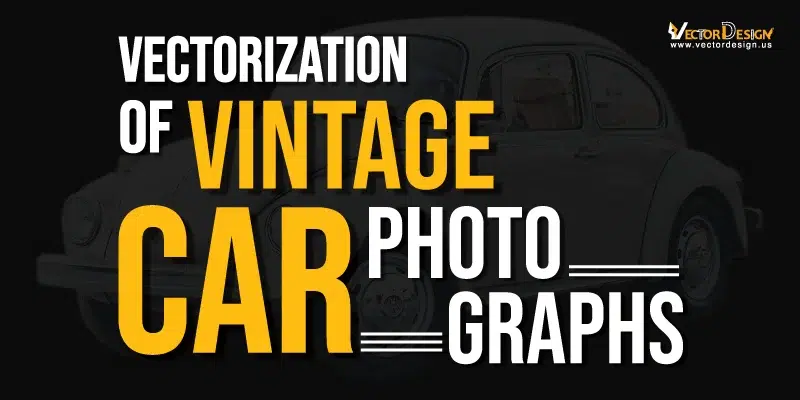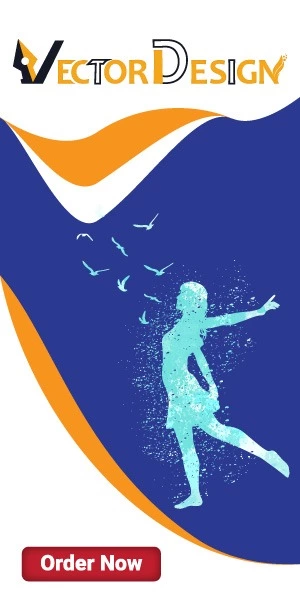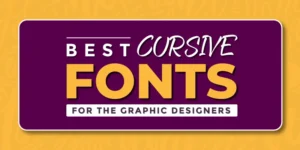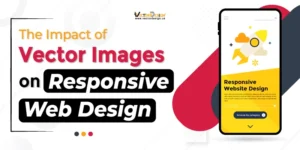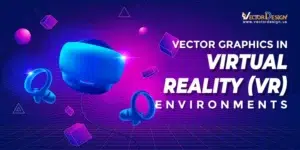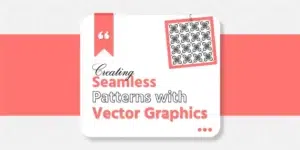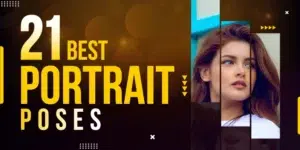Imagine turning old into something super clear and pretty. This unique quality finds its pinnacle in the process of image to vector conversion. It’s like giving these old photos a magical makeover. Vectorization is a cool process where we make old vintage car photographs look awesome by turning them into clear and detailed graphics. It’s like upgrading them to a new and better version.
Preserving vintage car aesthetics means keeping the special and unique look of old cars. It’s like saving their cool style and design so that everyone can enjoy how cars used to look in the past. The reason we do vectorization is to make old vintage car photographs look even cooler. We want to enhance them, which means making them better and more beautiful. It’s like giving a stylish upgrade to the pictures of those classic cars we love.
Understanding Vintage Car Aesthetics
Vintage cars are like special time-travel machines with cool looks. They have shapes and designs that are different from cars today. Imagine elegant curves and fancy details that make them stand out. Vintage cars also come in classic colors that add to their charm. From distinct grilles to stylish headlights, each vintage car has its own unique style that people love.
Keeping vintage cars looking awesome is a bit tricky. Over time, parts can get tired, colors may fade, and things can wear out. It’s like trying to keep your favorite toy in perfect shape as you grow up. These challenges make it hard to save the original look of vintage cars. But, don’t worry there’s a superhero solution!
Enter “vectorization” the superhero power for pictures of vintage cars! It’s like a magical tool that helps keep all the special details alive. With vectorization, we can make old car photos look even cooler. It captures every curve, grille, and detail, making them stand out like never before. It’s like giving these vintage cars a boost to keep their awesome style alive for everyone to enjoy!
Steps in Vectorizing Vintage Car Photographs
Vectorizing vintage car photographs allows for a unique blend of artistry and preservation, transforming pixel-based images into scalable, detailed vector graphics. Here’s a step-by-step guide to help you navigate the process and capture the timeless essence of vintage cars in vector art:
Selecting High-Quality Vintage Car Images:
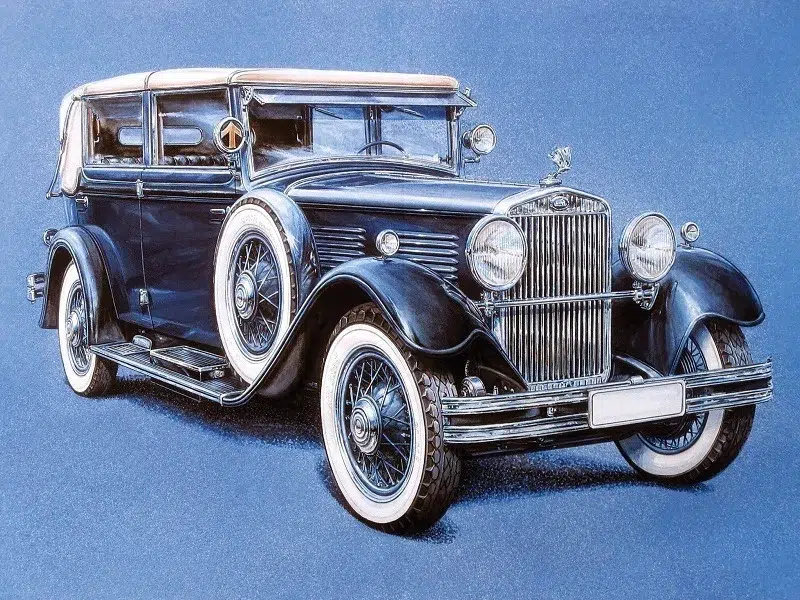
Choosing top-notch pictures is like picking the best candies from a jar. We need clear and sharp images, like using a magical magnifying glass on awesome old cars. Think of it as starting with the brightest crayons for the coolest drawing or having the coolest cards for a fun game. So, let’s find those super clear and fantastic vintage car pictures for an amazing vectorization adventure!
Preparing the Image for Vectorization:
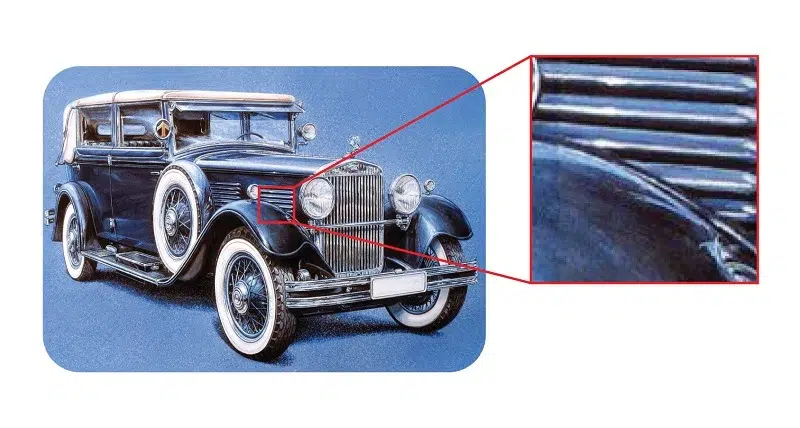
Preparing the image for its special transformation is like ensuring that your favorite toy looks its absolute best. We have two important jobs to do. First, we adjust the brightness and contrast, just like turning up the lights in a room. This helps us see the vintage car in the picture much clearer. We want all the cool details to stand out, like turning on a spotlight. Next, we clean up any tiny marks or imperfections in the image. It’s like using a magical eraser to make everything smooth and perfect. We want the vintage car to look super awesome before we start the magical process of turning it into something even cooler.
Tracing the Vintage Car Image:
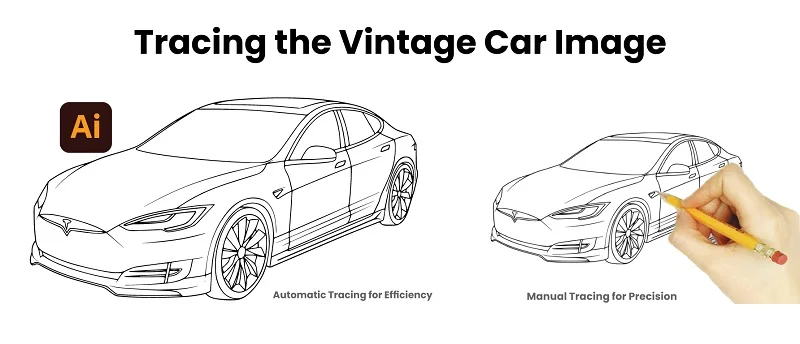
Now, let’s imagine we’re drawing a super cool picture, but instead of using regular crayons, we have two special ways to trace the vintage car image:
Manual Tracing for Precision: This is like drawing with a superhero pencil. We use careful hands to trace every single detail of the vintage car. It’s like making sure every curve and line is just perfect. Imagine you’re tracing your favorite coloring book, but you’re the superhero artist!
Automatic Tracing for Efficiency: Now, imagine a robot friend helping out. Automatic tracing is like letting a clever robot follow the lines of a vintage car. It’s super fast and efficient, almost like magic! While it might not catch every tiny detail like the superhero pencil, it gets the job done quickly. It’s like having a speedy sidekick in our drawing adventure.
Refining the Vectorized Vintage Car Image:
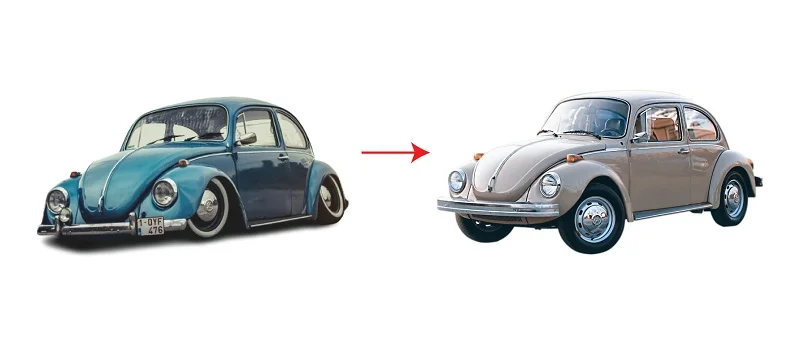
We’ve traced the vintage car image now it’s time to make it even more fantastic. Picture this process as adding special touches to your drawing:
Fine-tuning Paths and Curves: Think of it as using a magical eraser again, but this time, we’re making tiny adjustments. We want every line and curve to be just right, like adding the finishing touches to a masterpiece. It’s like making sure the vintage car looks exactly as it should, with no bumps or wiggles.
Adding or Enhancing Vintage Details: Imagine you’re coloring in a coloring book, but instead of staying inside the lines, we’re adding extra cool details. We might make the vintage car’s grille extra shiny or add special patterns to the wheels. It’s like using a special set of crayons to make the vintage car picture even more awesome.
Colorization and Styling:
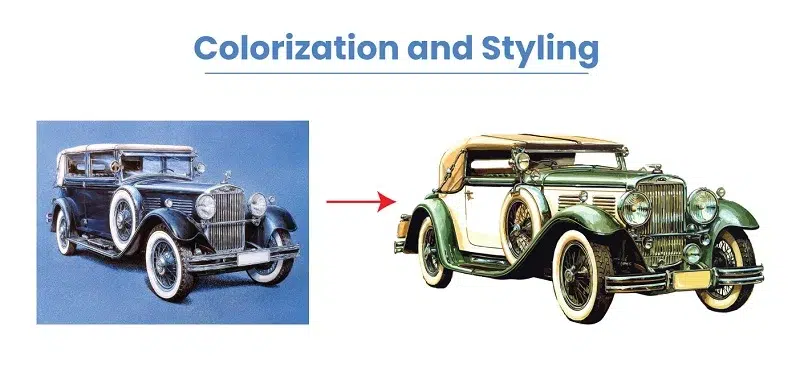
Now, let’s add some color and style to make the vintage car picture pop! It’s like choosing the perfect colors for your favorite coloring book:
Choosing Authentic Color Palettes: Think of it as picking your favorite crayons. We choose colors that were popular back when the vintage car was cruising the roads. It’s like giving the car its original and authentic look as if it just rolled off the historical assembly line.
Adding Shading and Highlights for a Classic Look: Imagine you have a magic wand that can create shadows and highlights. We use this magical touch to add depth and make the vintage car look 3D. It’s like giving it a special glow, making it stand out and look even more classic and timeless.
So, colorization and styling are like putting the final brushstrokes on our masterpiece. The vintage car now has its authentic colors and a classic charm that makes it a true work of art.
Challenges and Tips:
Facing some challenges in the world of vintage car image magic? Don’t worry! Here are some challenges you might encounter along with helpful tips to make the journey smoother:
Challenge: Accuracy Concerns in Vectorization
Tip: Take your time with manual tracing. Careful hands ensure precision, capturing all the intricate details of the vintage car.
Challenge: Ethical Considerations in Altering Historical Images
Tip: Be a good friend of history. Keep alterations respectful and true to the original, preserving the genuine story in the vintage car pictures.
Challenge: Resource Intensiveness in Vectorization
Tip: Manage computer energy wisely. Find smart ways to let the computer do its job without working too hard, ensuring a happy and efficient process.
Challenge: Keeping Vectorized Images Safe
Tip: Treat vectorized images like treasures. Store them in a digital vault to protect them from damage and ensure the historical details remain safe.
Challenge: Balancing Detail and Simplicity in Vectorization
Tip: Embrace the magic of hybrid approaches. Blend human touch with computer magic for optimal results, creating a collaborative learning process for both.
Facing challenges is just part of the adventure. With these tips, you’ll navigate the vintage car image vectorization journey like a pro!
Conclusion:
So, we finished turning old vintage car photographs into something amazing. First, we made sure to use really clear and detailed images. Then, we adjusted some special settings to keep all the small details while making the pictures look super cool. Vectorization is like a superhero for classic or vintage cars, keeping them safe and making them look even better. It’s not just a process; it’s like telling a story about how awesome these old cars are.
Looking into the future, we might see even cooler ways to make vintage car pictures. Technology will get better, making things faster and more precise. The art might change too, with new and exciting styles. And who knows, maybe we’ll get to play with these pictures in fun and interactive ways! In the end, vectorization is like giving a big shout-out to classic cars, saying, “You’re amazing, and we want everyone to see it!

